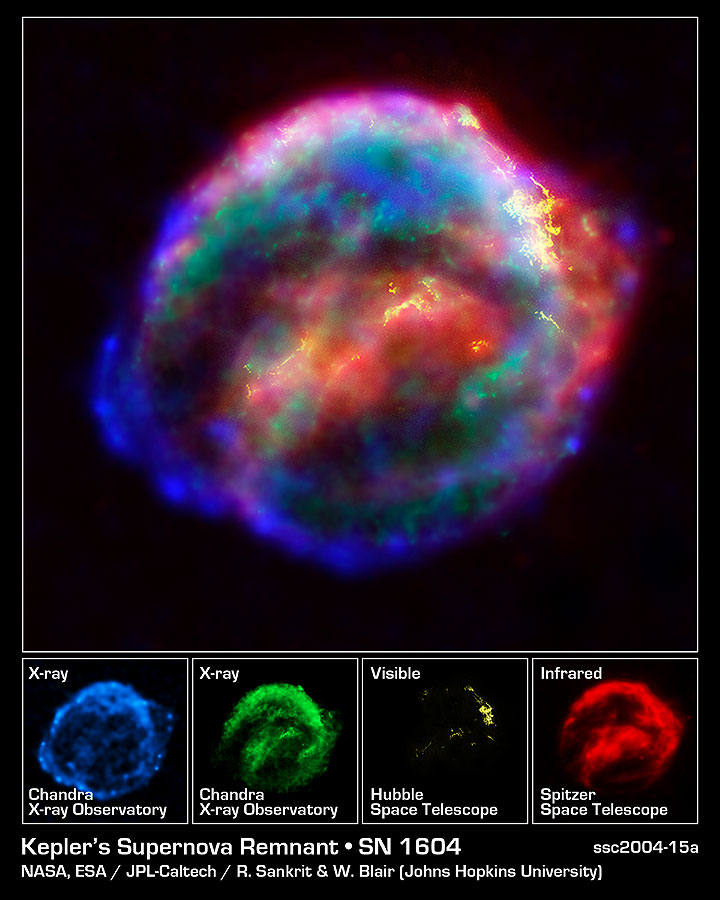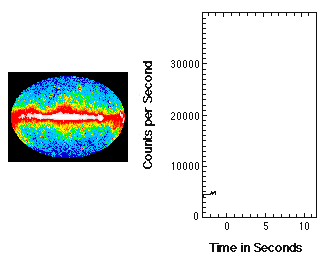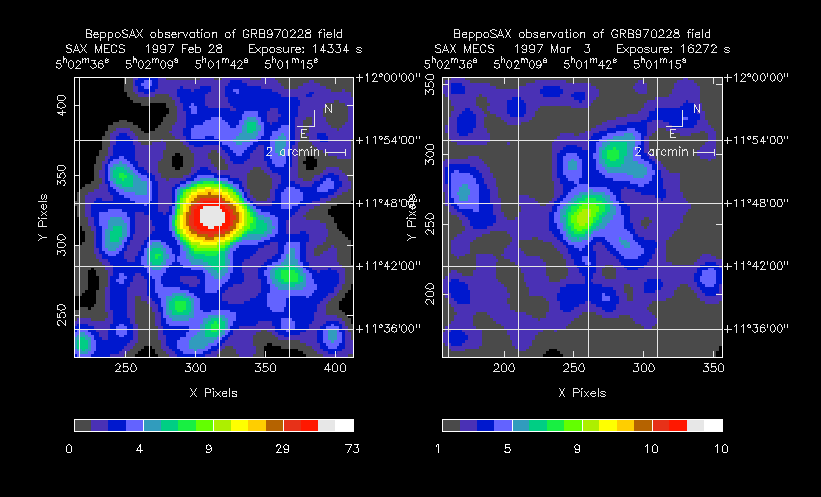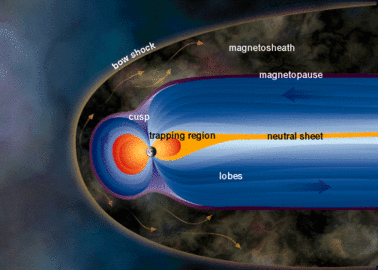Collisionless shocks
Michael Gedalin
Shocks form in a supersonic flow which encounters an obstacle and has to suddenly decelerate to subsonically flow around the body. Alternatively, a gas expanding supersonically into ambient medium produces a shock moving ahead of the gas. Such shocks are very ubuquitous in space where they propagate in collisionless plasmas and generate high energy particles. The latter are responsible for the emission coming from such objects as supernovae remnants (Fig. 1) and gamma-ray bursts (Fig. 2) and their afterglows (Fig. 3). Collisionless shocks are wonderful natural laboratories which allow to learn fundamental processes such as particle dynamics in electromagnetic fields (which may be very peculiar and unexpected), acceleration to relativistic energies in natural accelerators, nonlinear interactions in plasmas and nonlinear structure formation. We study the internal structure of collisionless shocks (1, 2) and the processes of the charged particle energization (3, 4, 5).
 |
 |
|
| Figure 1: Supernovae Remnants | Figure 2: Gamma Ray Bursts | |
 |
||
| Figure 3: Gamma Ray Burst Afterglow | ||
Space Weather
Michael Gedalin
The Sun governs the life of the Earth. Solar-terrestrial relations occur not only via radiation coming to the Earth but also via time-varying plasma flow (Fig. 1). This solar wind is decelerated and diverted by the bow shock forming at the distance of about 10 Earth radii toward the Sun. The diverted plasma flows around the Earth, shaping a magnetosphere (Fig.2) with a long tail and a current sheet where the so called "magnetic reconnection" (Mov. 1) occurs, causing magnetic substorms (Mov. 2). We study the basic processes in this interaction: mirror waves generated behind the shock because ions are heated more in a direction perpendicular to the magnetic field (1, 2), nonlinear waves propagate in plasma and steepen similar to "shallow water waves" (3), bow shocks are formed around the planets with or without global magnetic field and energize ions and electrons (4, 5, 6), magnetic field lines locally reconnect in the current sheet in an avalanching way (7, 8).
 |
 |
| Figure 1: The Solar Wind | Figure 2: The Magnetosphere |
Movie 1: Magnetic Reconnection (mov, avi)
Movie 2: Magnetic Substorms (mov, avi)